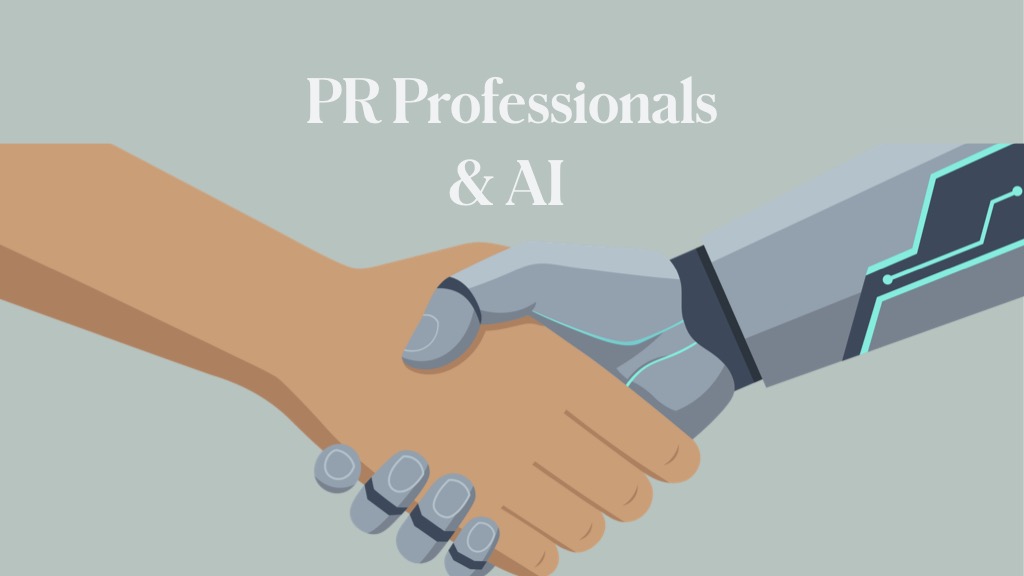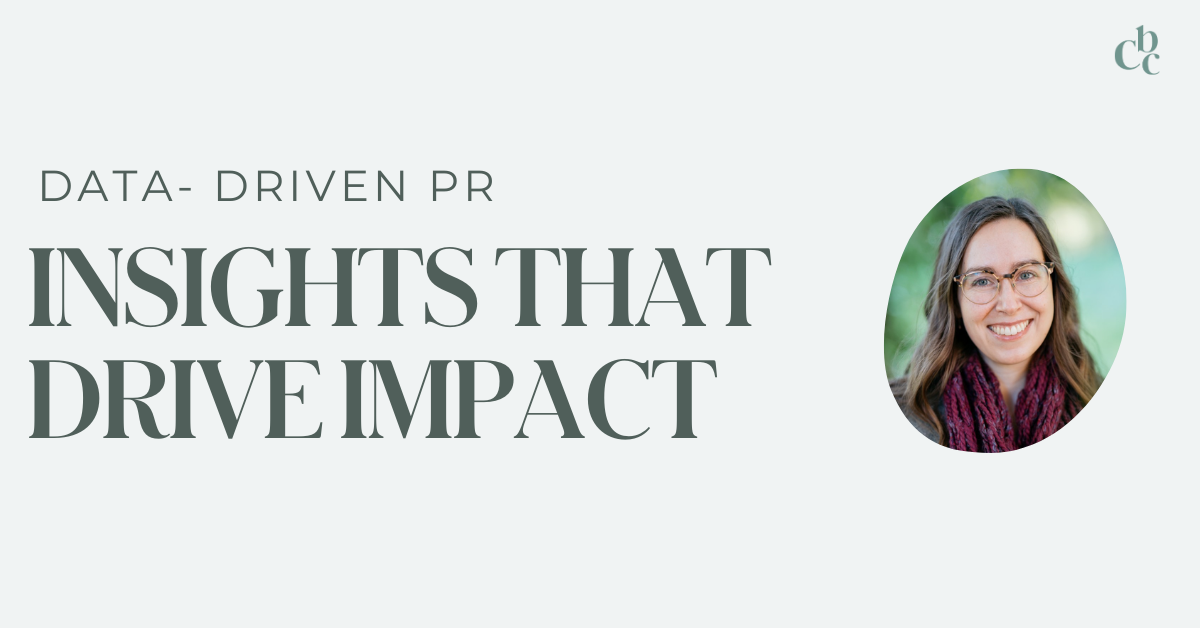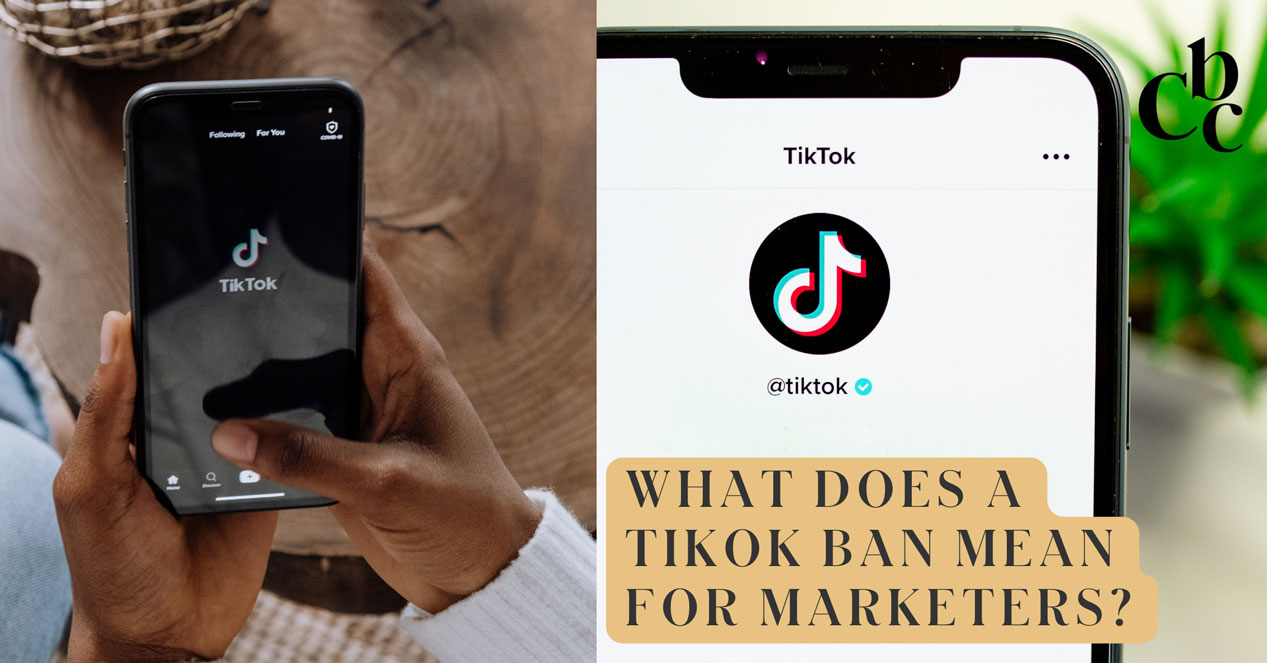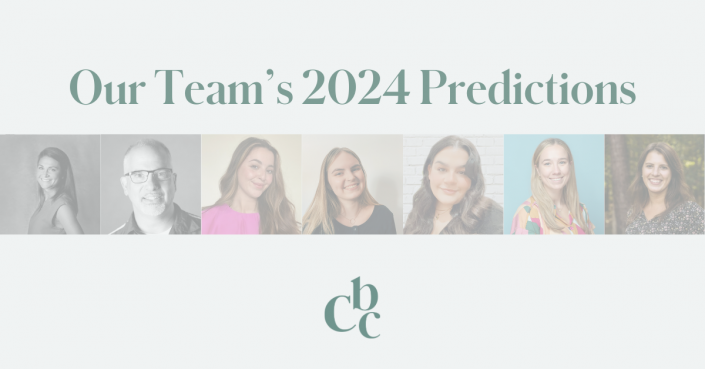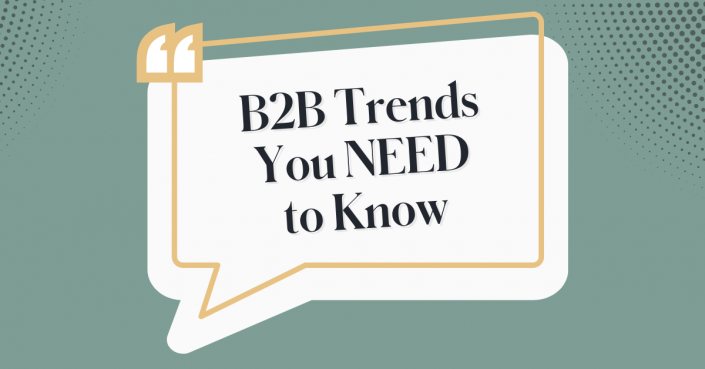Why PR Content Needs to Evolve for the Age of AI
The traditional marketing and public relations landscape is shifting—and fast. Today’s PR professionals and brand communicators aren’t just writing for humans; they’re writing for machines that talk to humans.
Generative engines are reshaping how audiences find and trust information. McKinsey’s AI Discovery Survey, conducted in August 2025, found 44% of web users prefer to use Google’s Overviews or AI Mode, ChatGPT or Perplexity versus traditional information sources.
That means your content needs to do more than just rank—it needs to be citable. Generative engines prioritize authoritative, expert-driven content that’s educational, well-sourced, and easily quotable. In other words: the same storytelling and credibility that have always been PR’s strength are now the foundation of AI visibility.
If you haven’t read it yet, our related post “SMEs Are the Missing Link Between PR and AI Visibility” explains why your subject-matter experts should lead this shift.
Top 5 Tips for Creating AI-Friendly Content for PR
- Keep it Educational, Not Salesy
Unlike performance marketing, the goal of this content is not to sell directly. At most, this content will have a link or brief mention of your product. Resist selling, and instead provide in-depth information that leads the prospect down your path.
For instance, instead of talking about your latest, greatest hand cream, talk about the problem and how the formulation solves it. You may think: “we already do that.” Maybe, but try doing it without mentioning the product and you’ll see the difference. Education, not sales.
The act of NOT selling is what builds trust. Believe me, your readers know who’s providing this information, and they are grateful for a (mostly) unbiased and selfless act of teaching. - Add Your Credibility Signals
Credibility signals are proof points in your content that AI bots (and real people too!) look for to assess your credibility as an expert.
What’s old is new again: with the advent of Generative Engine Optimization (GEO), it’s back to school with adding references and footnotes to your work.
First, make sure every post has a byline and “last updated” date.
Next, link out any facts or assertions to its source. The bot will count your sources’ credibility to boost yours. Referencing articles written by other experts in your industry works great, too. It doesn’t all need to be facts and figures.
Last, add a quick “about the author” paragraph at the end of each post. - Add an FAQ to Each Post
At the end of the post, add a handful of Q&As. Refer back to your conversational query research and answer a few directly, or choose your own.
FAQs are helpful for human readers too, but the real purpose is to give AI bots easy-to-quote, bite-sized info blocks that can be dropped directly into generative search results.
If your team already has an SEO plugin like Yoast or RankMath, use it. It will generate all the schema markup that machines love, providing extra signals of what your content is about through AI-friendly structured data.
If not, no worries. Just place your questions at the bottom of the post. Format the questions as headings and the answers as paragraphs. - Create your Full PR and Content Package
Now that you have your long-form pillar piece, you can use it to generate an entire suite of PR and marketing assets.
The main ideas in your blog post can be quickly tailored as a byline pitch (trade press is GREAT credibility), guest post, podcast, or good old-fashioned press pitch.
This step is essential because press coverage is the #1 driver of credibility with AI search. Muck Rack’s 2025 study “What is AI Reading?” found that 89% of links cited by AI tools come from earned media!
One note: ensure that the short bios you use on your site, bylines, and LinkedIn all match. Not word for word, but very closely. Remember AI is a machine, so it will only recognize your expert across platforms if their information is uniform. - Extra Credit: Expert Bio Pages
To really help AI connect the dots, stand up an expert page on your website.
At best, most companies have short (boring) bios for executives. Instead, create a profile page for each of your subject-matter experts with their credibility story.
Then, link all content (blog posts, white papers, bylines, etc.) authored by an expert to their bio page. Think of it as an expert asset library.
This way, as web crawlers index your expert’s pieces across the internet, the links will ensure your brand gets the credit it deserves. An expert-driven content library also serves as great education for prospects all in one place.
Anatomy of AI-Friendly Content
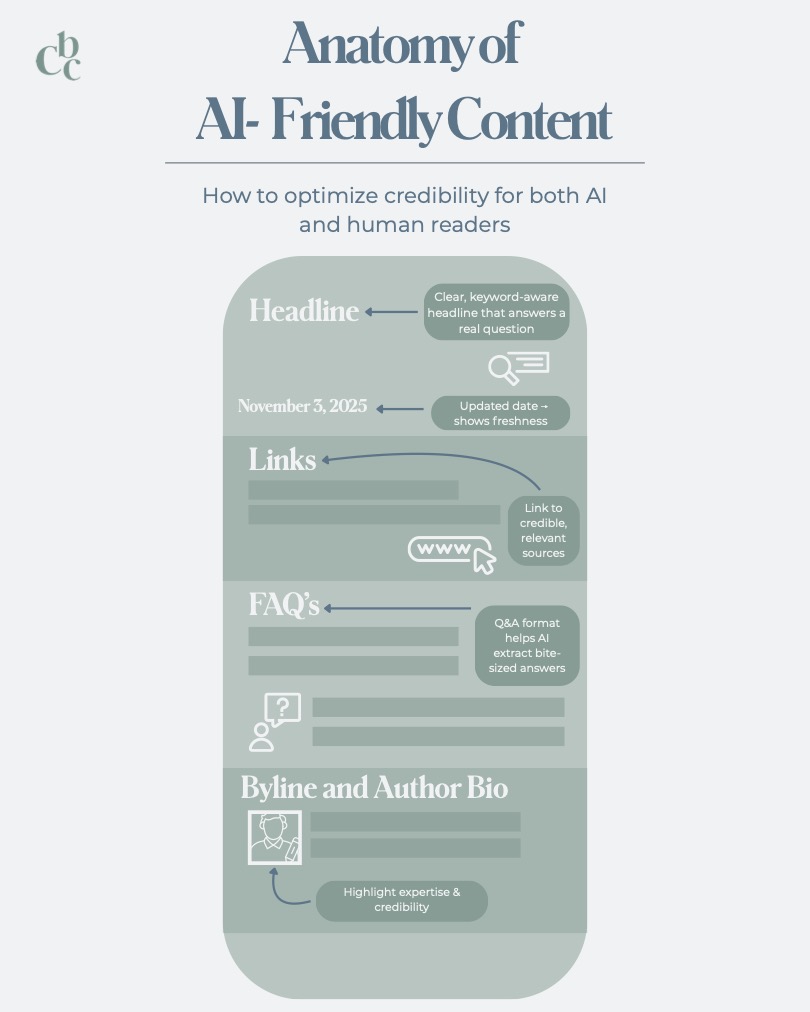
An AI-friendly piece of web content will typically follow these best practices that optimize credibility for both AI and human readers: relevant headline, updated timestamps, credible links, FAQs, and byline / author bio from your subject matter expert.
Build for Trust, Not Just Clicks
In the era of generative AI, visibility isn’t about gaming the algorithm—it’s about being worth citing.
PR teams already excel at credibility, storytelling, and expert validation. Now it’s time to codify those strengths into structured, AI-friendly content: educational, sourced, consistent, and connected to your experts.
Your reward? When someone asks a generative engine a question in your industry, your expert—not your competitor—will be the one it quotes.
FAQ: AI-Friendly Content Creation
SEO focuses on keyword ranking; AI-friendly content focuses on context and credibility. It’s optimized for understanding and citation, not just clicks.
Start small. Focus on visible credibility signals—bylines, citations, FAQs, and expert bios. Schema markup and structured data can come later.
At least quarterly. Fresh timestamps signal to both readers and AI systems that your content remains current and reliable.
Press coverage from authoritative outlets acts as validation. When AI models see your brand mentioned across multiple trusted publications, they’re more likely to include your content in answers.
About the Author

Len Cercone, Founder & CEO, CBC PR | PR & AI visibility expert. Building earned-first campaigns that influence audiences & fuel growth.
